Xanthorrhoea Loop ACT (2.3 km)
Tidbinbilla Nature Reserve
Nearest Town
Canberra
Starting Location
Dalsetta car park
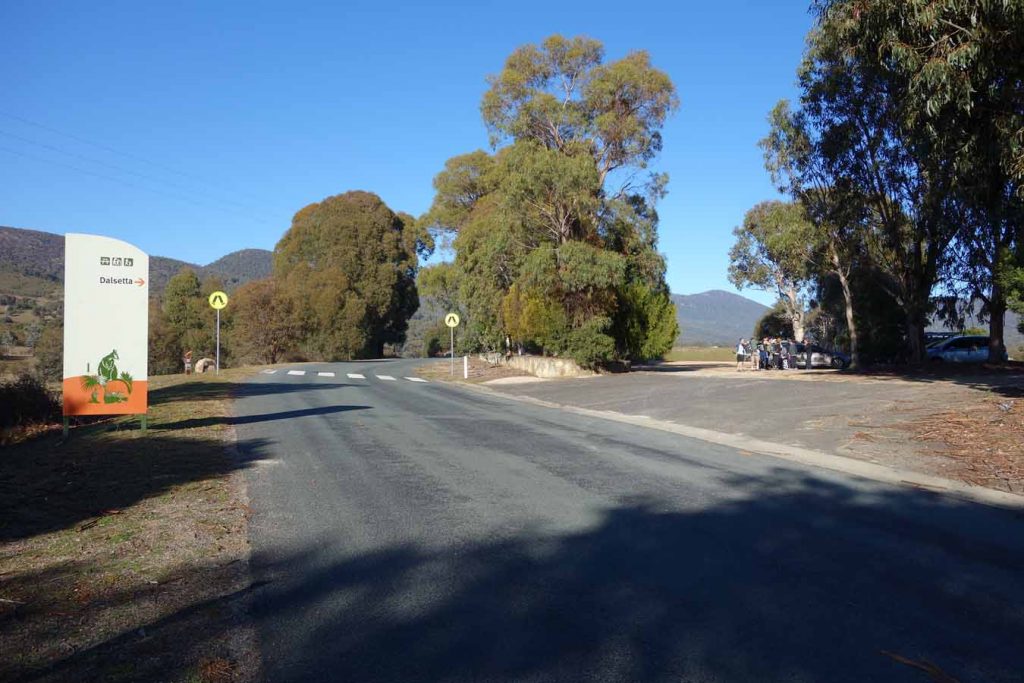
Entry to the Dalsetta car park is well signposted. There are good facilities at the car park as well as a pedestrian crossing to get across the road to the trail head
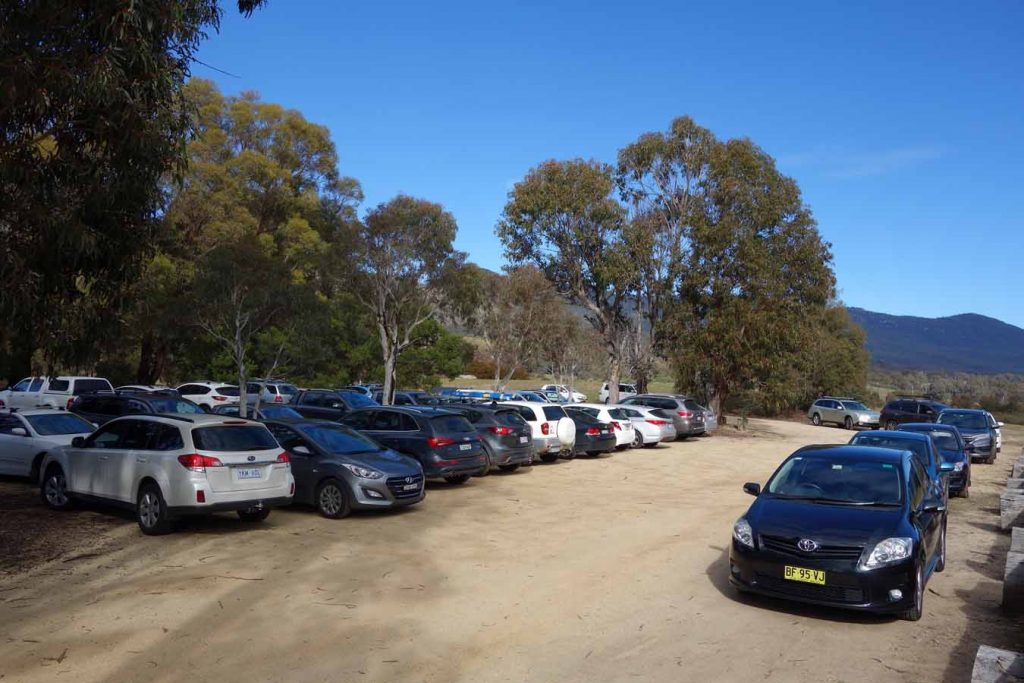
There were 40 cars in the carpark when we returned from the walk
Finish Location
Dalsetta car park
Best Time to Travel
Year round
Xanthorrhoea Loop Trail Review
This walks starts across the road from the car park at Dalsetta, which has excellent facilities including some picnic tables, toilets and ample room for at least 40 cars. The trail head also has some excellent interpretive signage which provides details on the local walks as well as the broader area. While there is a lone interpretive sign at the loop part of this trail it is hard to read and is badly weathered and in need of replacing.
To get started, cross the pedestrian crossing and just a few metres in from the road is the trail register. Once you have signed in and started your walk you are usually likely to walk past a large mob of kangaroos that tend to sun themselves in the morning and are quite used to the number of hikers who use this site. Follow the arrows up the hill and about 500 metres from the trail start, you will come to an open clearing. This is where the trail splits and there is a small sign on a post here that tells you which way to go but if are not paying attention you may miss it you will go the wrong direction to the Granite Peak trail.
The trail itself is well formed with most of it being natural trail that has being covered with crushed granite, the occasional metal mesh section and grassland. Once you reach the halfway mark on the trail you will reach the summit of a small hill which has a picnic table, seating and panoramic views down to the valley below. From this small peak you will see your objective a few hundred meters away. Continue towards the loop and start the trail by going anti clockwise.
This lone knoll has hundreds of Xanthorrhoea plants (formerly known as ‘Black boys’ which is considered politically incorrect these days). These plants are now commonly called ‘Grass Trees’. These plants are extremely slow growing with the trunk developing as the older leaves die off. These plants have a growth rate of between 1-3 cm a year so a one metre tall plant is around 30-100 years old. They are estimated to have a lifespan of up to 300 years. The previously used politically inappropriate name was given to these plants when they are in flower as they are said to look like someone standing with a spear.
The trunks are usually blackened and charred as older specimens will have been through at least one or two fires. This plant tends to drop its seeds in-situ which is why it is not uncommon to see large groups of Grass Trees in certain areas such as this one. In addition to Grass Trees there are also a number of other interesting native plants in this area which add to the experience so pay attention particularly to the smaller stuff. The trail is not very long and loops around and heads back down the way you came. The views down the valley are pretty good so while not spectacular as its nearby longer cousin (Gibraltar Peak) it is still worth the minimal effort.
This is an easy walk that will take the average person about 45-69 minutes to easily complete. It is a great trail for those who don’t have the fitness to do the Gibraltar Peak trail or just want a quick and easy walk. This walk can be done as part of the Gibraltar Peak trail either as a loop, at end of the walk on the way back down, or by doing a circuit along the Gibraltar fire trail.
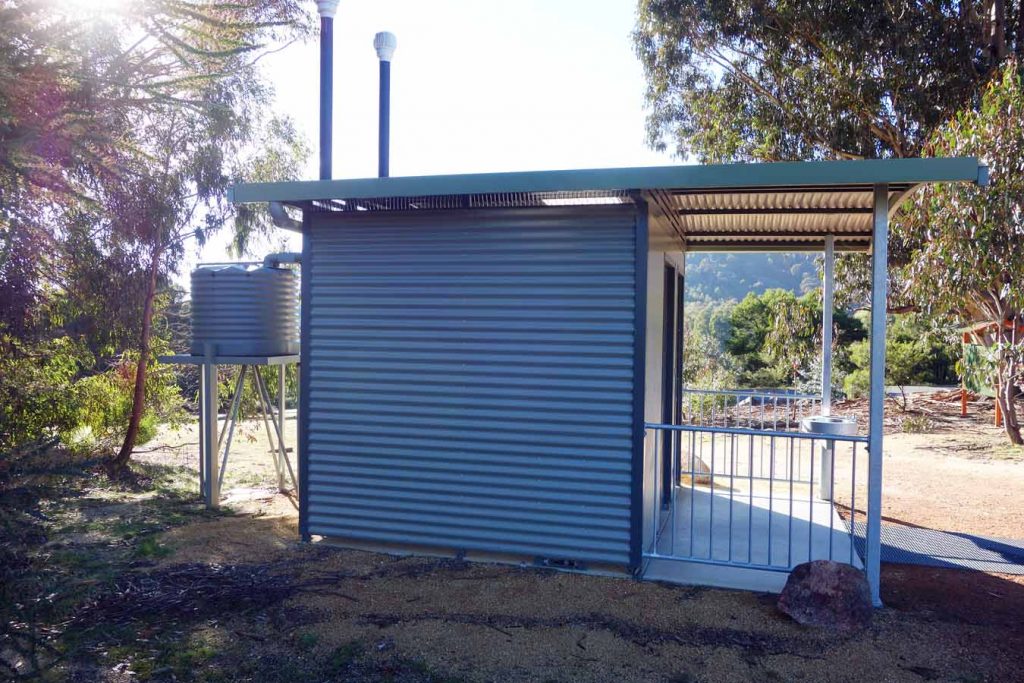
There are very good facilities at this carpark including modern toilets

This water didn’t work on the day we took this image. It’s best to bring your own water than rely on it here

Excellent picnic facilities exist at this carpark so bring your lunch to eat on your walk or on return to your car
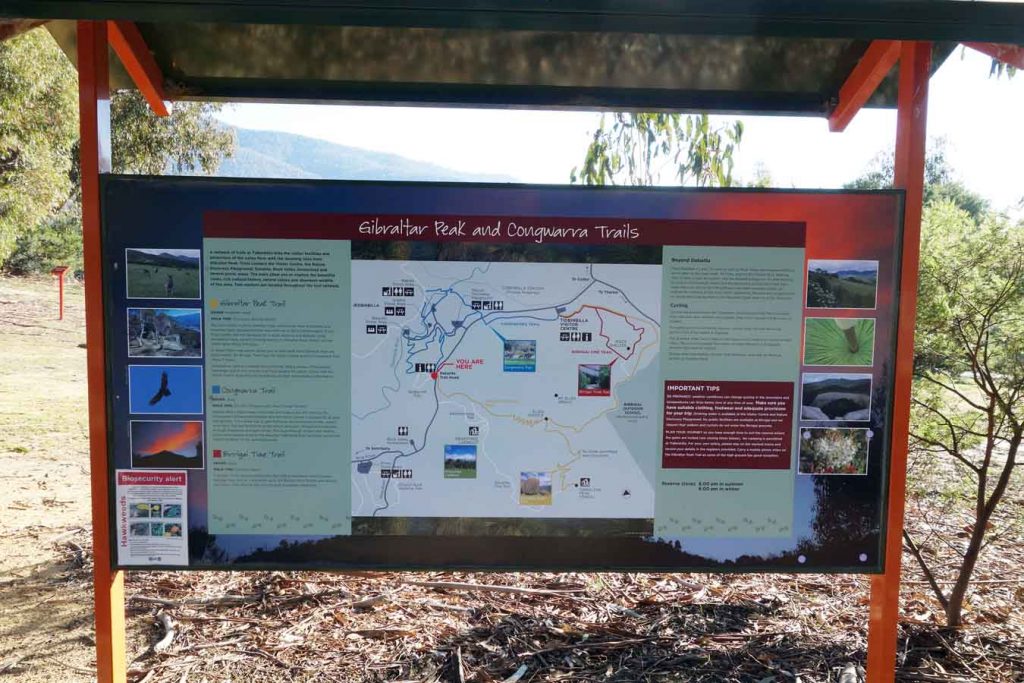
Interpretive sigange at the trail head explains the walk and others that leave from this area

This is a very busy road so cross to the trail head at the crossing provided and keep an eye out for cars
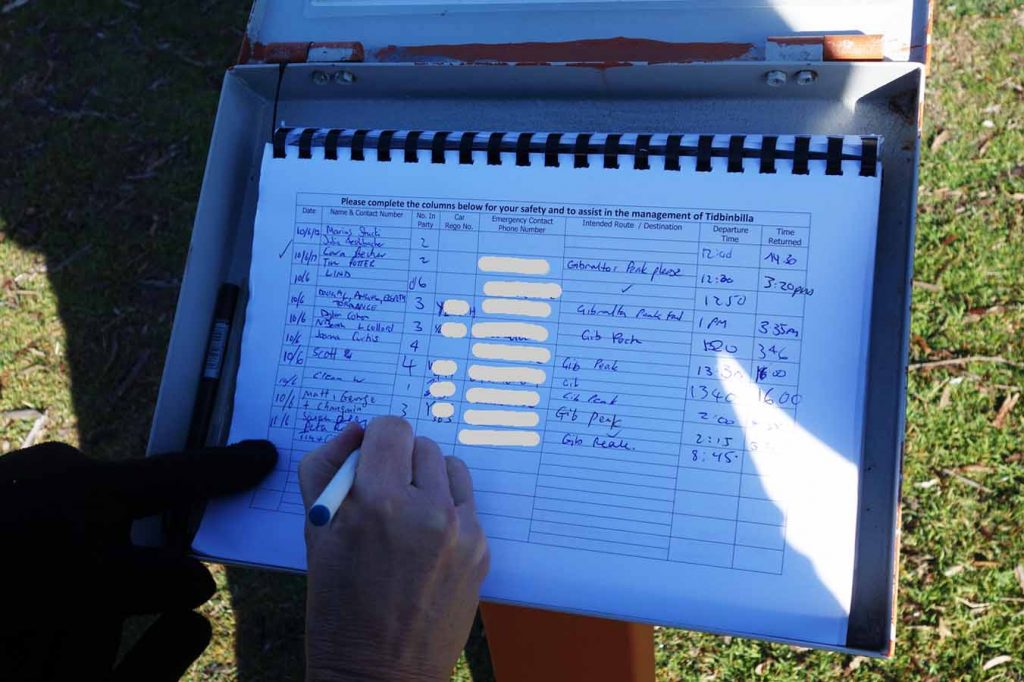
Don’t forget to fill in the trail register and to sign out on your return
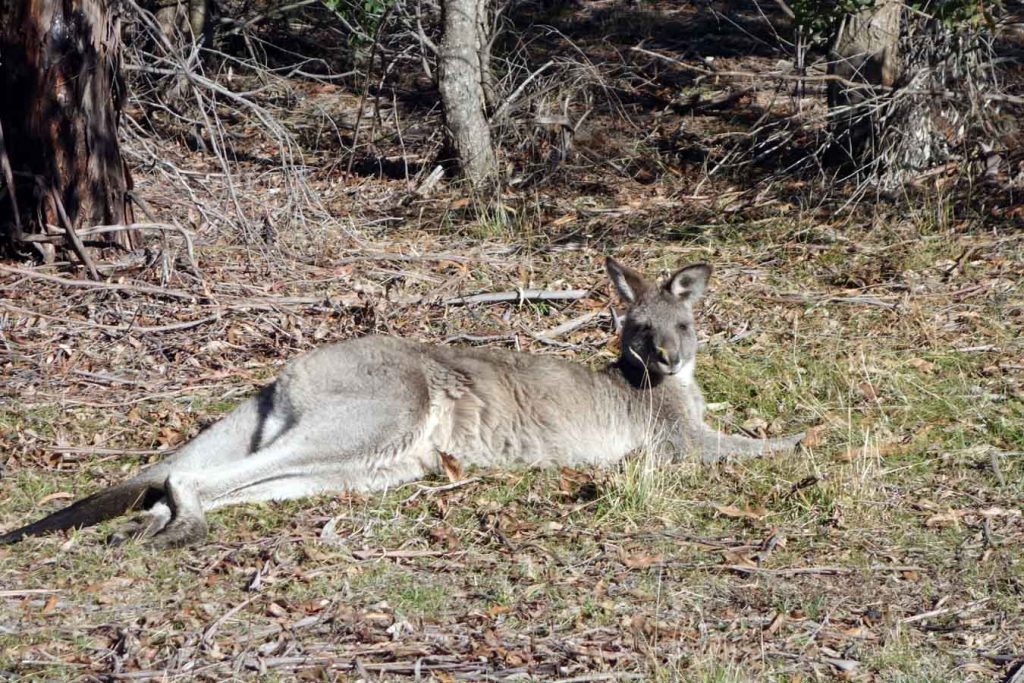
The kangaroos at the start of the trail a very tame and are used to people but will hop away if you get too close
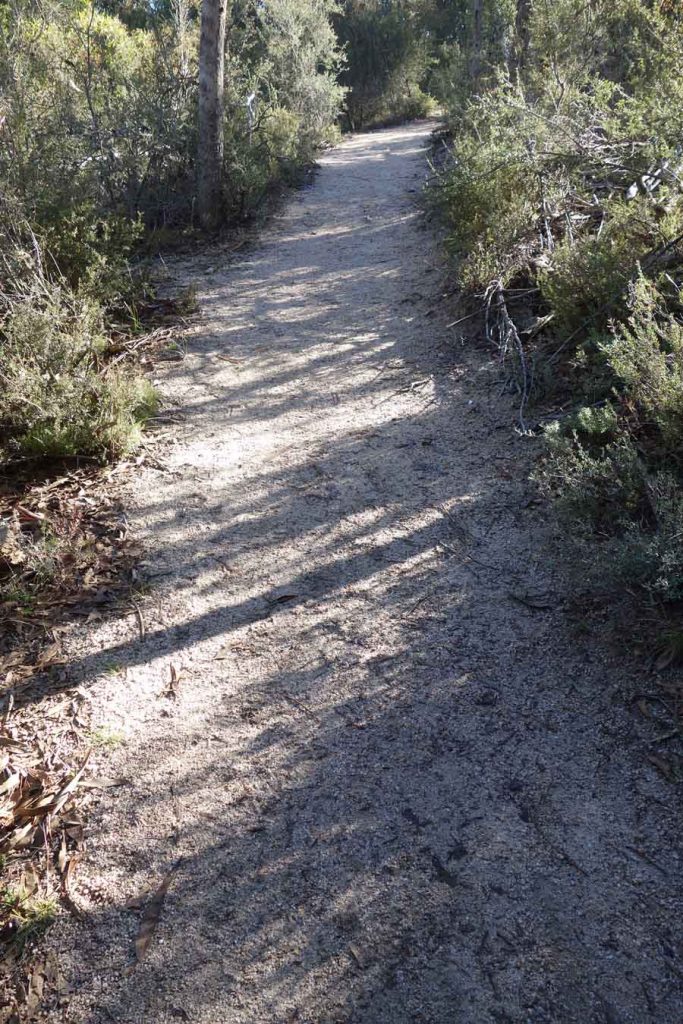
An example of the trail

Trail markers are placed as needed

About 500 metres from the start the trail goes straight ahead. If you don’t pay attention and go towards the left you will end up on the Granite Peak trail.
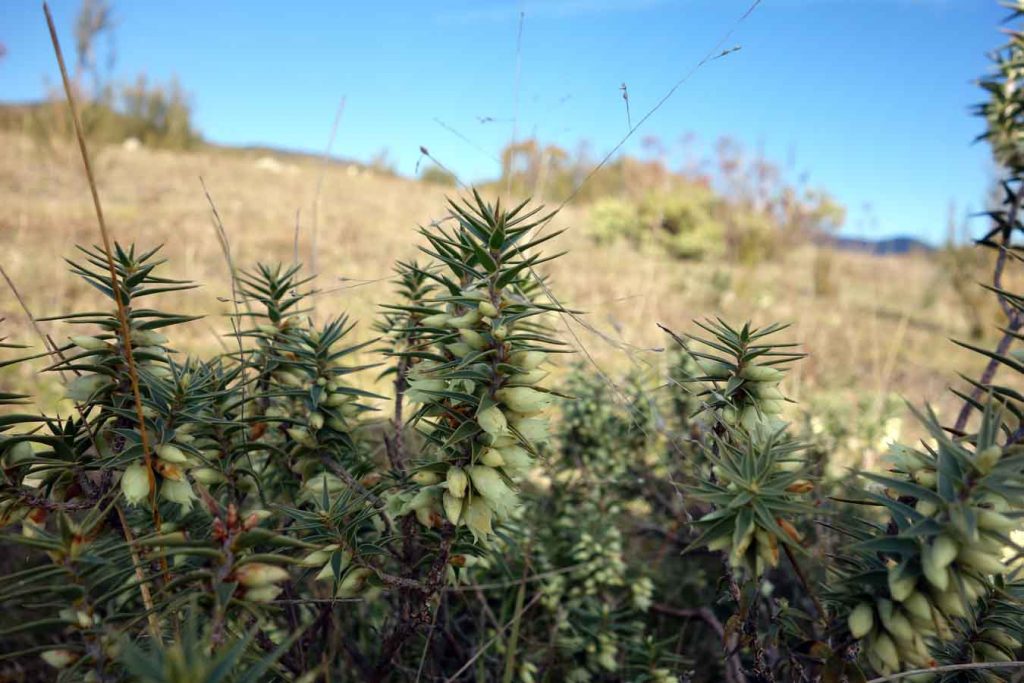
Native wildflowers
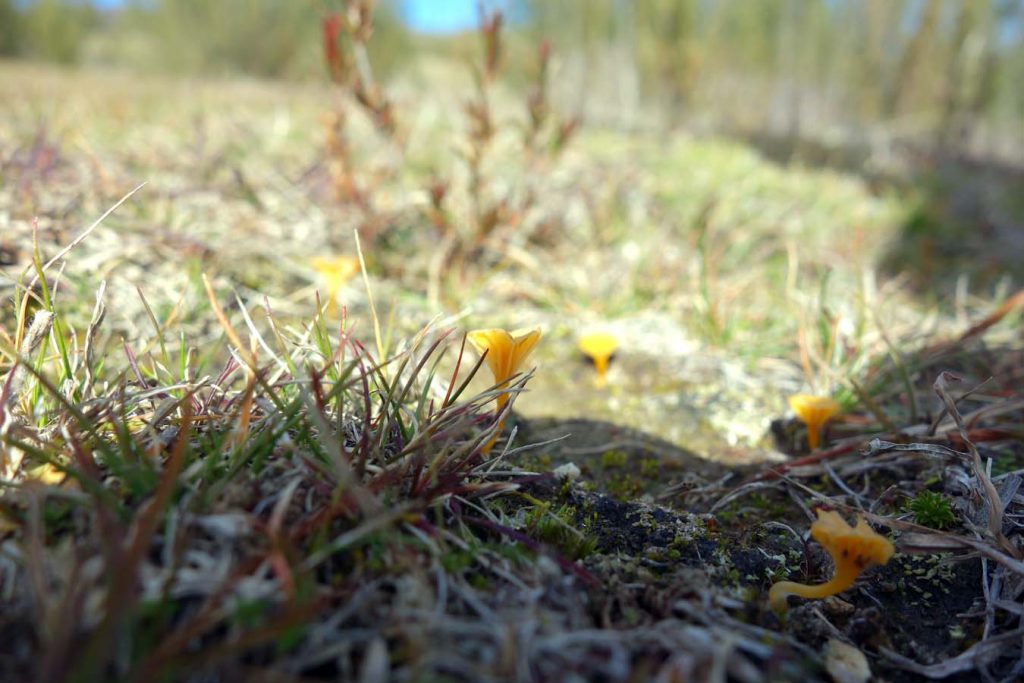
Fungus on the trail. Barely visible unless you look closely
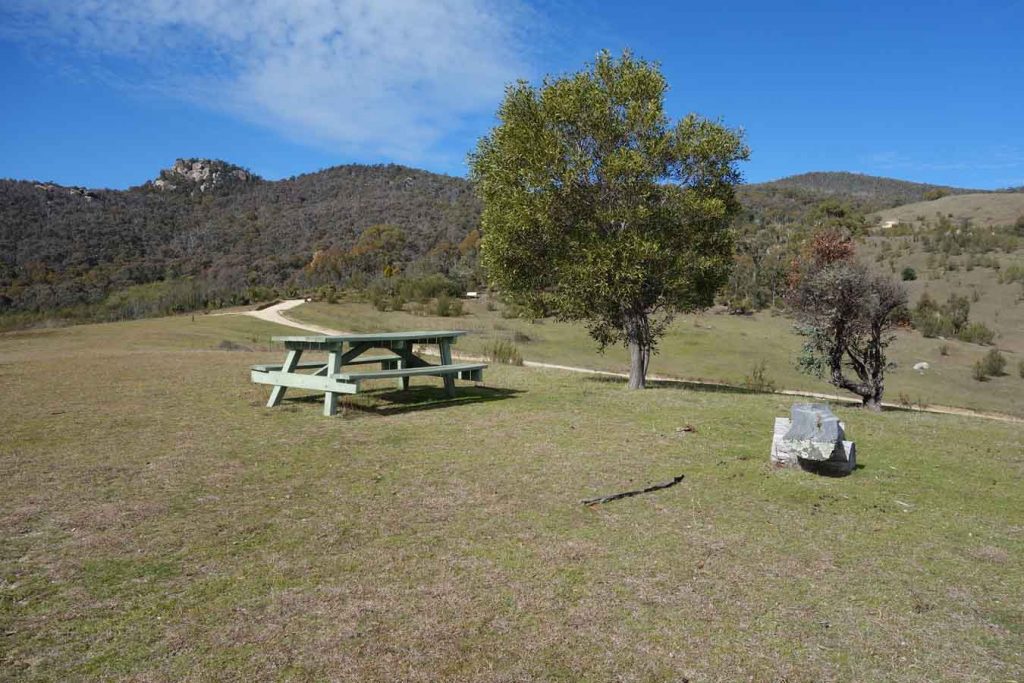
Picnic table at the mid point. This trail is reasonably short but this is still a nice place for a break or for lunch
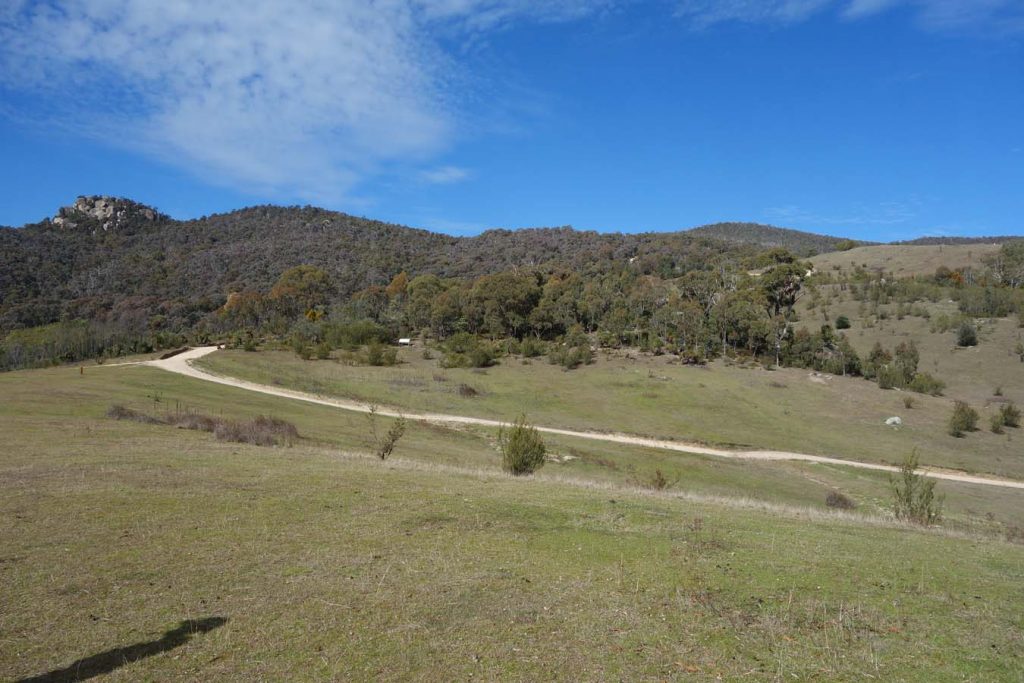
Looking towards the loop from the picnic area. The clump of trees on the nearby hill is our goal
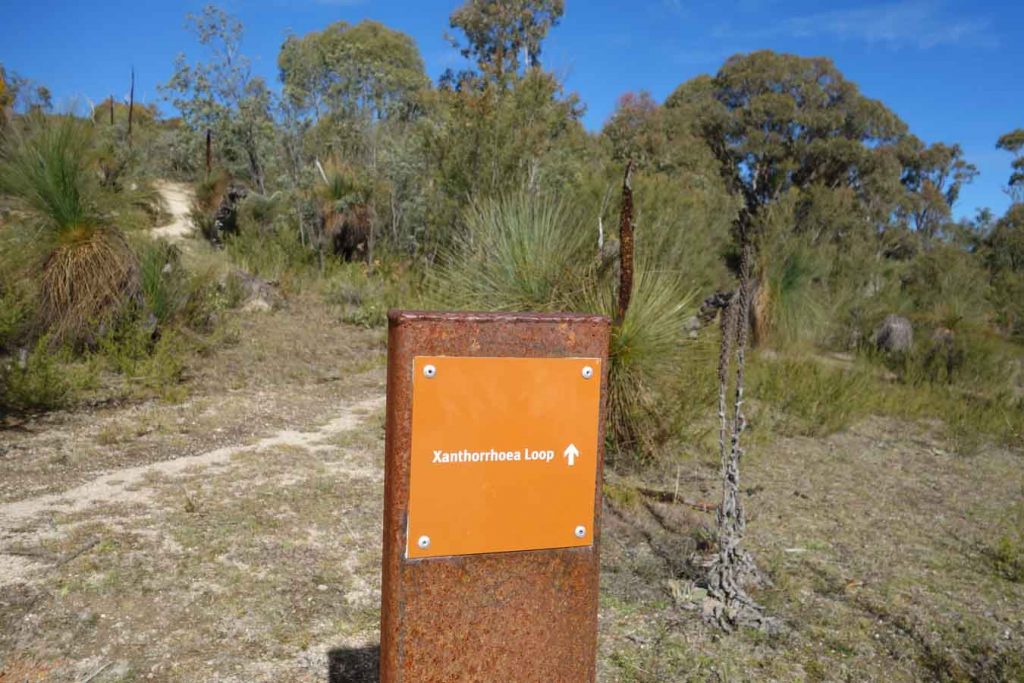
Trail marker at the start of the loop
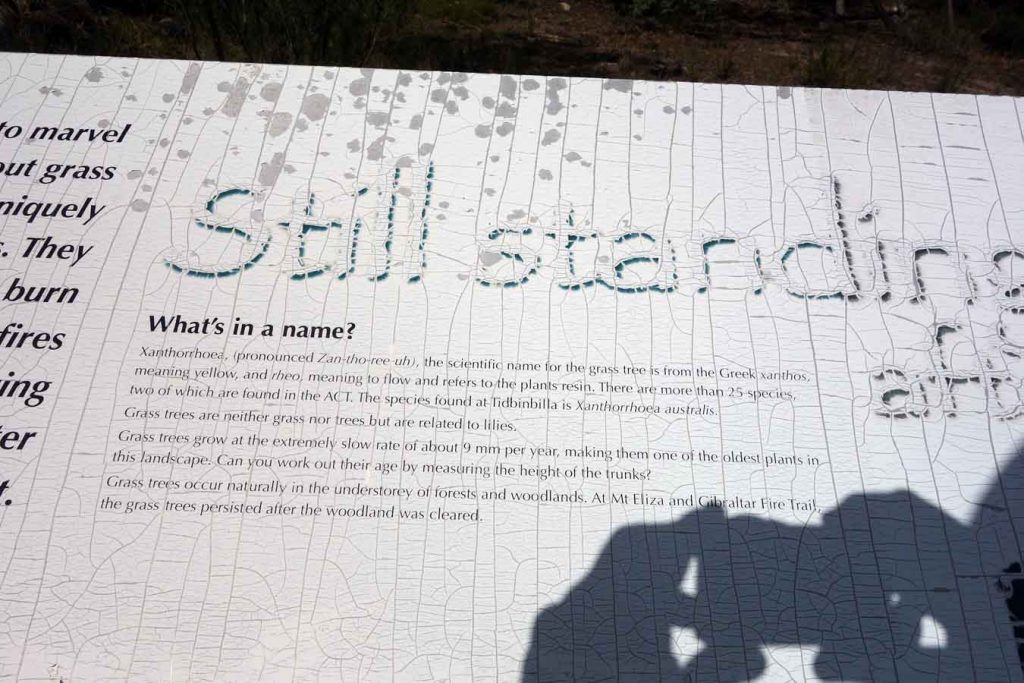
Interpretive signage in poor condition and difficult to read
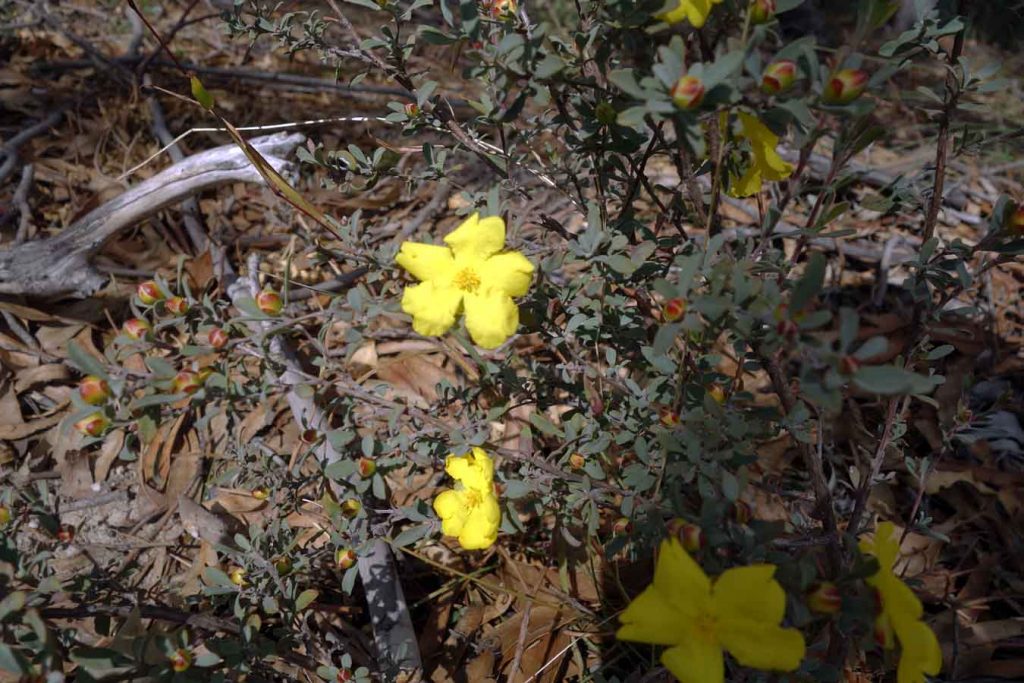
Hibbertia also known as Guniea flower
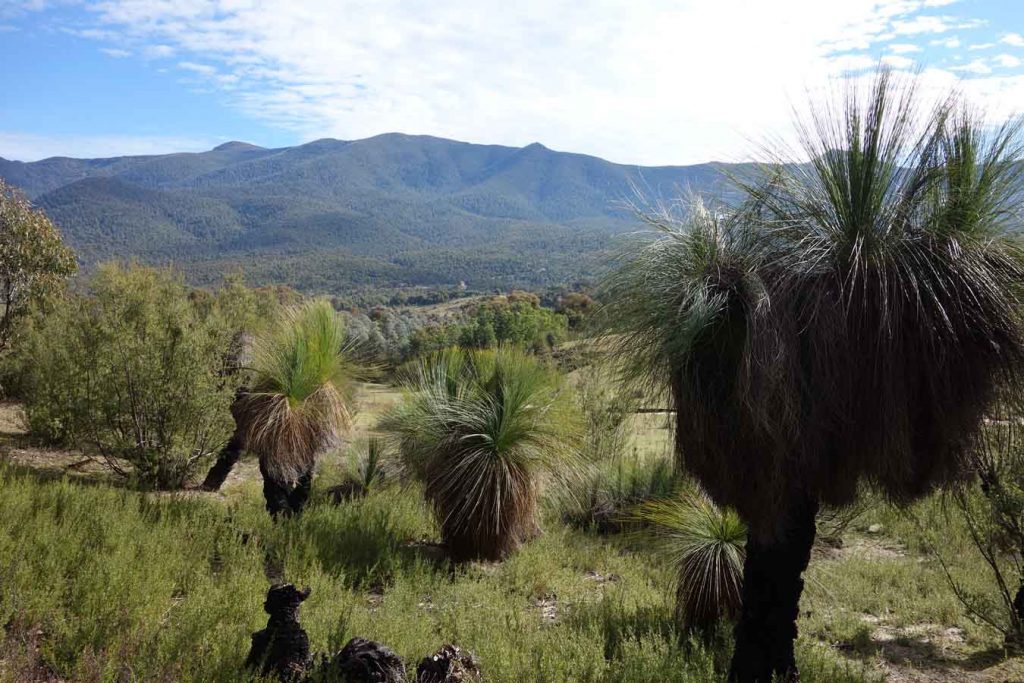
Hundreds of Grass Trees dot the hillside in this area hence the trail name
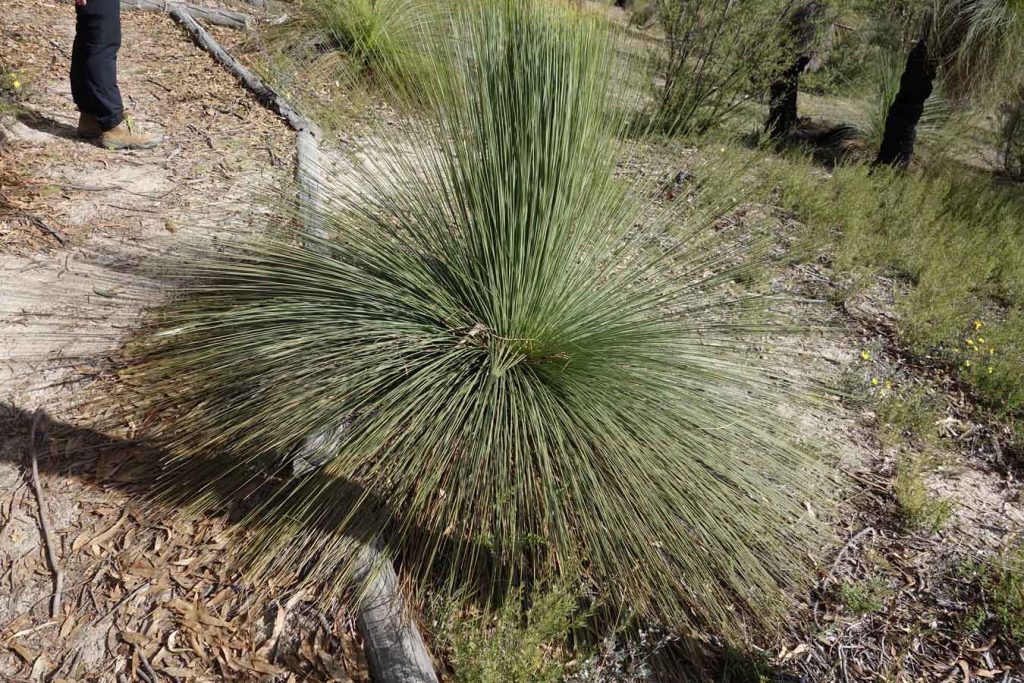
A youngish Grass Tree
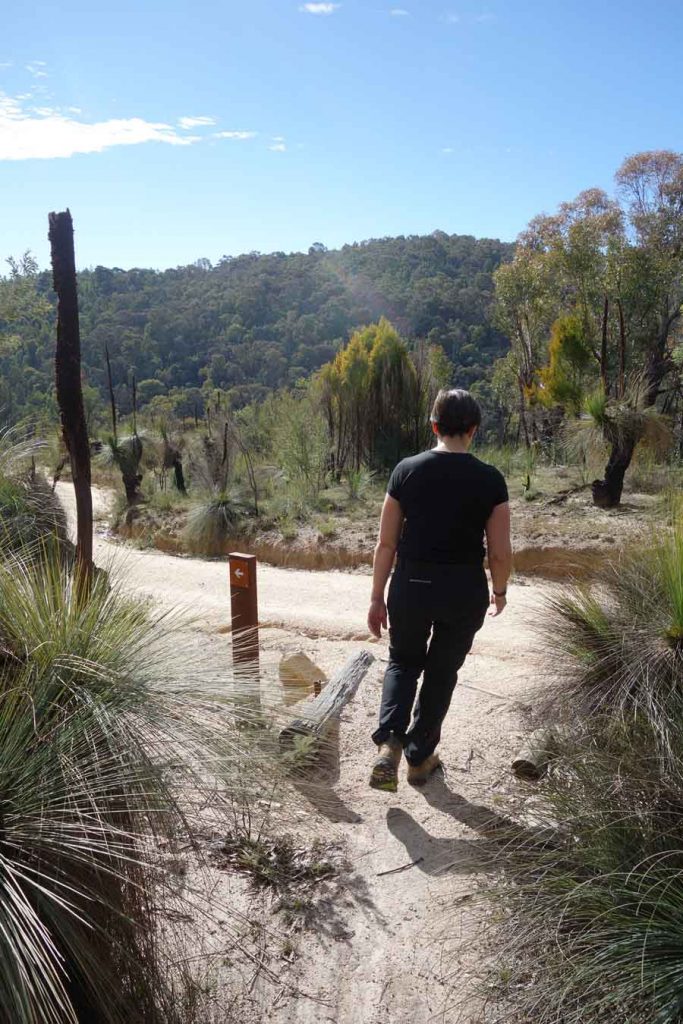
Back onto the fire trail and heading back to the start point
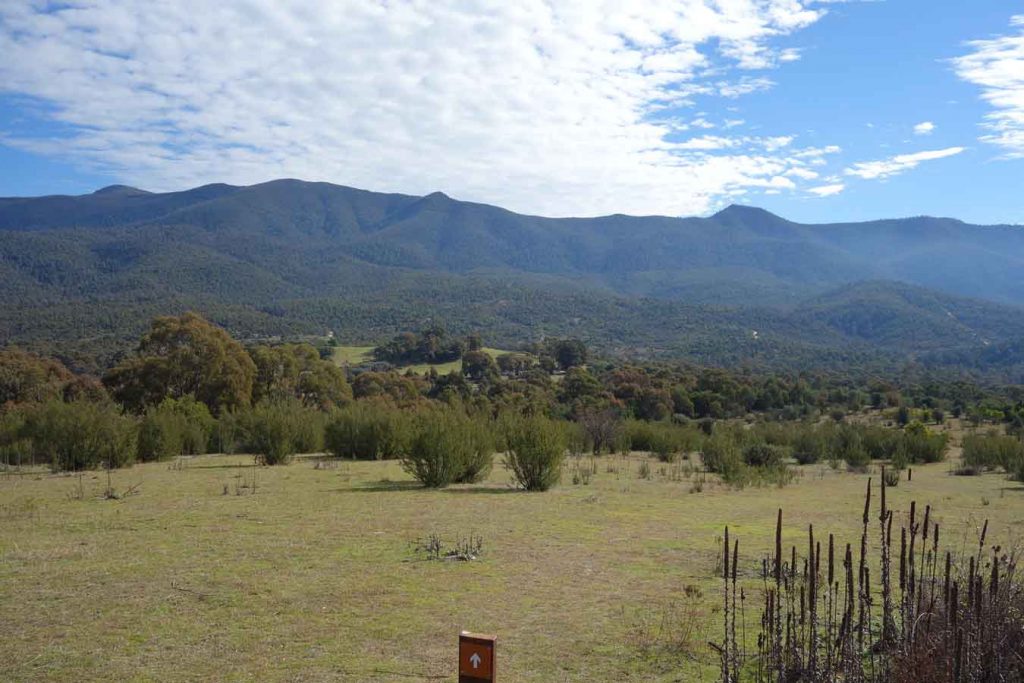
The views are excellent on the way back to the car park
Getting There
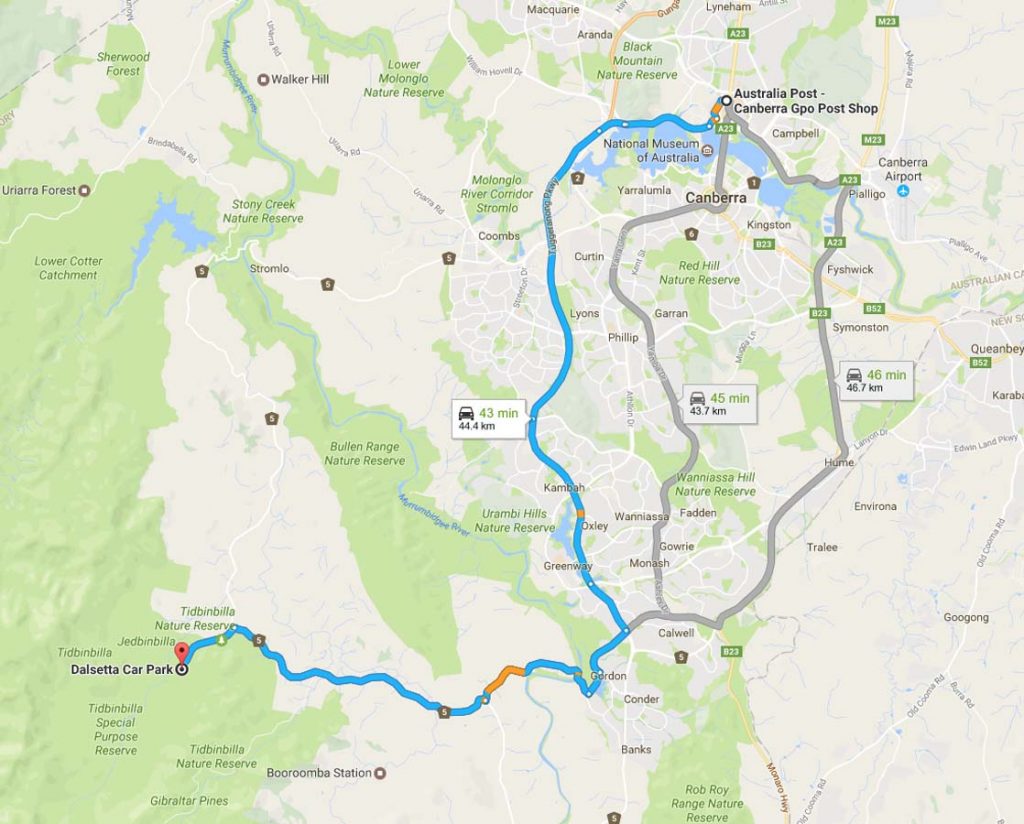
The trip from the centre of Canberra is approximately 45 minutes and 45 km. Once you enter the nature reserve itself travel to the Dalsetta carpark to start your walk. The car park is approximately 2 km from the visitor centre on your right and is clearly signposted.
The Tidbinbilla Nature Reserve contains a series of walks that are closer to Canberra than those at nearby Namadgi National Park. Many of the Namadgi walks, particularly those that go into the Bimberi Wilderness Zone, are more remote requiring a higher level of skill but with it a higher degree of seclusion whereas the Tibinbilla walks are easier to access but you are unlikely to be alone on the trail.
Vehicle access into the reserve requires a permit which ranges from a single visit at $14.50 per vehicle with up to eight people or $39.50 per year. If you are a keen walker it’s worth buying the annual pass as it only takes three visits over the year to make it economical.
If you have an annual pass you can enter the park via the boom gate and scan your pass from as early 7:30am in the morning and you will need to be out by 6:00pm at the latest (8:00pm in summer). If you are buying a single entry into the park you will need to wait until the visitor centre opens at 10:00am (9:00am in the summer).
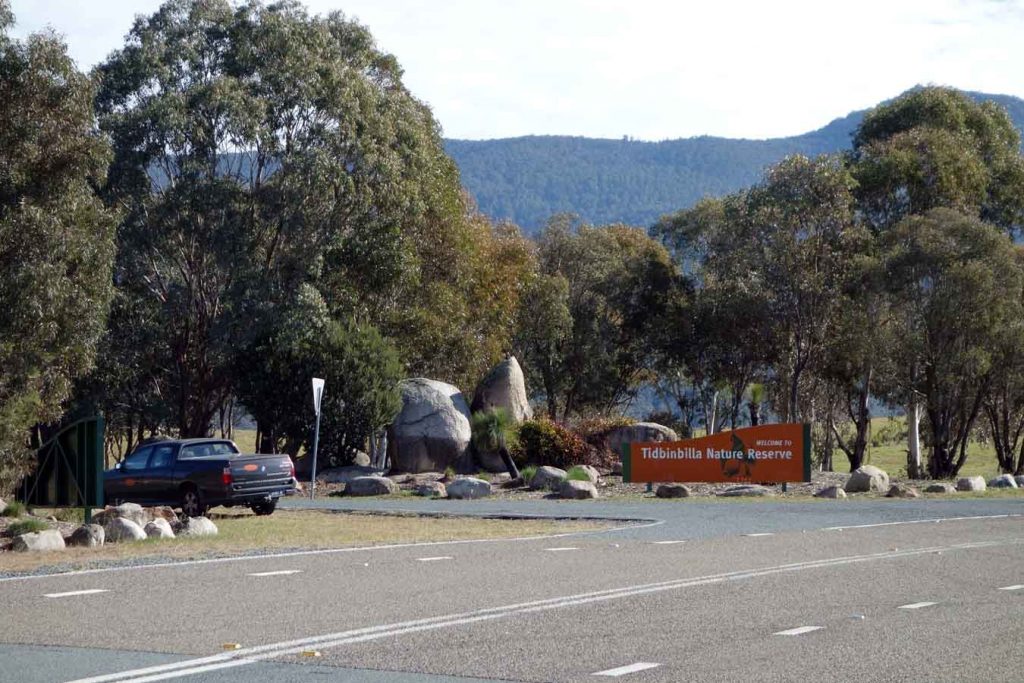
Tidbinbilla Nature Reserve entry

Tidbinbilla Visitor Centre and boom gate. If you have an annual pass you can just swipe your card for access without having to enter the visitor centre
Things to Know
Tidbinbilla Nature Reserve requires a pass to enter with your car (with up to 8 passengers)
- The annual pass is $39.50 and if you plan on doing at least three visits over the year is the cheapest option. A day pass is $14.50 (as at 26 August 2022
- The reserve is accessible before the visitor centre opens so long as you walk in or have an annual pass
- The visitor centre sells snacks if you need
Disclaimer
This walk was undertaken by the team from Australian Hiker